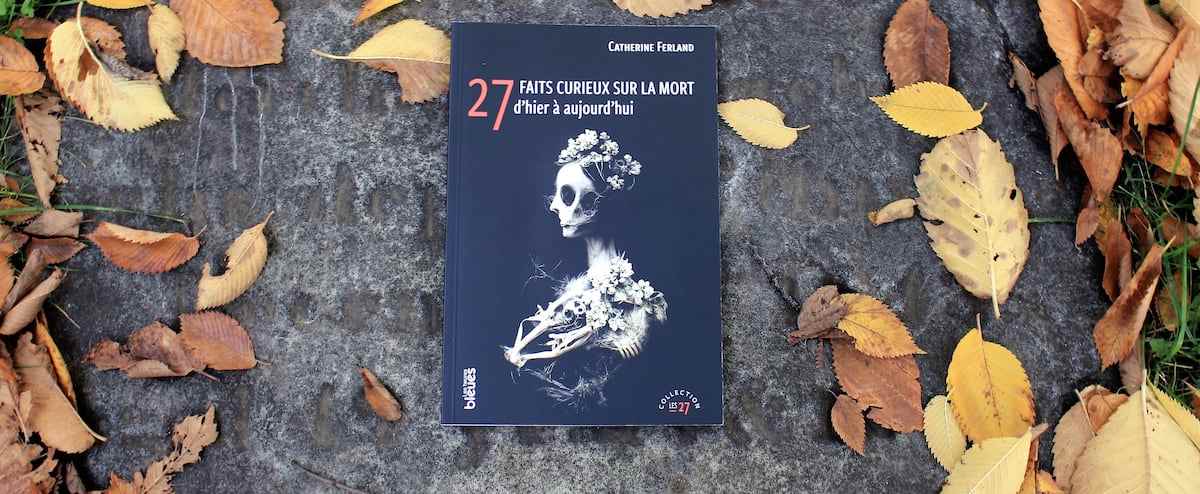In constant evolution, the relationship with death is perhaps more “sanitized” than it was in the past in Quebec, but the desire to show affection to the deceased and his family transcends eras and civilizations.
• Read also: [EN IMAGES] The history of death in Quebec through six curious facts
This is one of the findings of historian Catherine Ferland, who spent nearly a year documenting the customs surrounding mourning for her book 27 curious facts about death, from yesterday to today.
“Proximity or relationship with death […] has changed a lot over the past fifty years. It’s no secret that the whole issue of funeral homes with display of bodies and all that has become a lot rarer than it was. It used to be that everyone was familiar with it […]there was like a mourning that could begin when we physically saw the body of the person who disappeared, ”she says.
Photo Yves Lavoie, En Cavale tintype studio
Catherine Ferland
The body that we no longer see
“Now, we are more in a report, I would dare say, sanitized. We quickly make the body disappear,” she continues, while more and more families recommend a funeral service in the presence of the urn, or even that the duration of the celebrations is reduced.
Not to mention taboo, “there is a distance,” says Ms. Ferland.
This is one of the many themes covered in the book, which is intended to be accessible and abundantly illustrated.
The historian is interested in a multitude of surprising facets surrounding the last rest and funeral rites to offer a journey through eras and civilizations, with several nods to Quebec.
“For example, how we treat death in times of epidemic, cars linked to the transport of the dead”, or even the “sound volume of mourning”, she lists.
Indeed, some cultures will favor silence, while it is quite the opposite for others, relates the author.
Dignity
But if a fact persists from time immemorial and in all societies, it is that of paying a dignified and affectionate homage.
“Even if the ways of doing it will change, it really remains a universal marker. It’s a bit what makes the human being, finally, ”says Ms. Ferland.
She admits to having had a “coup de coeur” for this project which has nothing to do with a morbid fascination, but which aims rather to put the spotlight on a reality “which is part of life”.
27 curious facts about death, from then to now, from Les Heures bleues editions, will be in bookstores on November 8.

